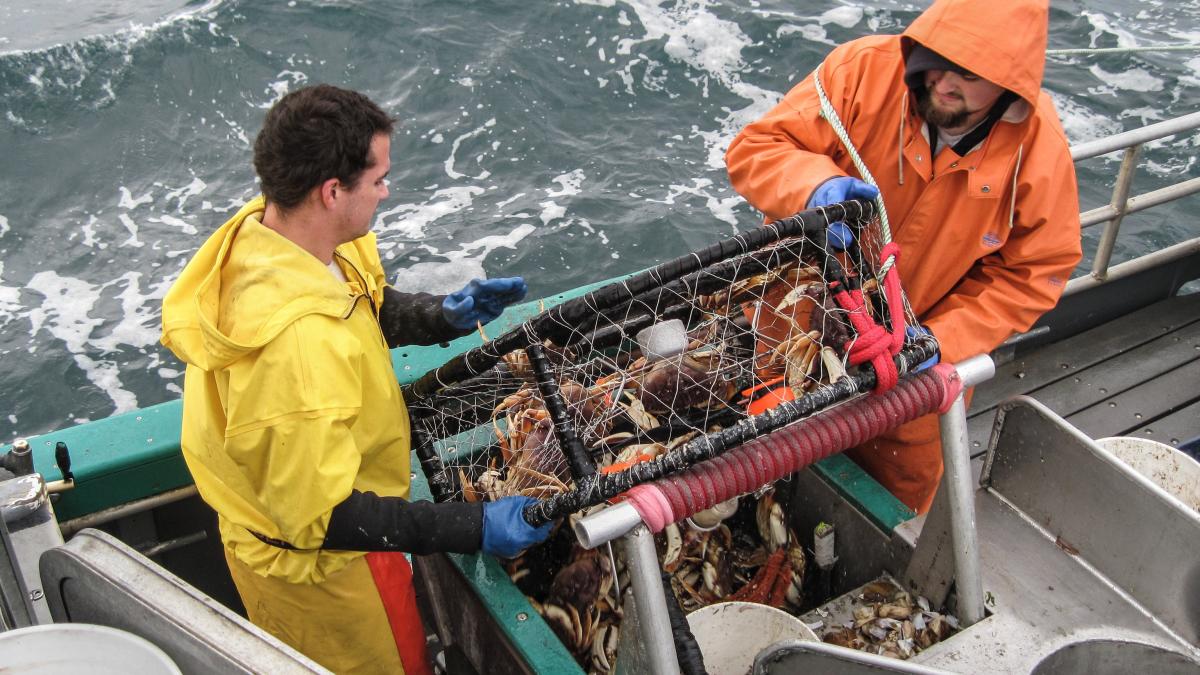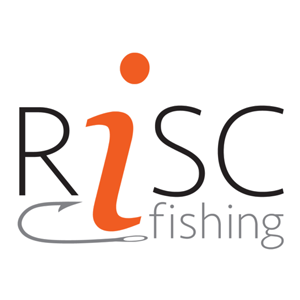
“Commercial Fishing is a difficult lifestyle for many reasons, but being a dangerous occupation doesn't have to be one of the reasons.” - Lori French, Dungeness, Crabber’s Wife, F/V Langosta II
Commercial fishing is vital to Northwest economies and communities. Compared to other industries, it is one of the most hazardous due to higher rates of serious injuries and deaths. Yet, data on commercial fishing non-fatal injuries have not been systematically collected or analyzed to date.
Our PNASH research team at Oregon State University, led by Drs. Laurel Kincl and Viktor Bovbjerg, is developing a more comprehensive system. Using existing commercial fishing data collected by NIOSH, the US Coast Guard, from emergency medical records, and OSU’s previous research into non-fatal injuries this system will form the foundation for ongoing, scalable, and practical surveillance systems for hazard assessment and  development of safety solutions.
development of safety solutions.
- How to leverage indicators from key data sources for linkage of various data sets for a more comprehensive analysis.
- Non-fatal injuries differ by the fleet, with vessels that include processing find that processing the catch and handling frozen fish are associated with injury and catcher vessels injuries occur while handling fishing gear on deck.
- Upper extremities are the most commonly injured (amputations, fractures and musculoskeletal injuries).
This safety surveillance system comes at an important time and will help fisheries meet the Alternate Safety Compliance regulations with the US Coast Guard.


